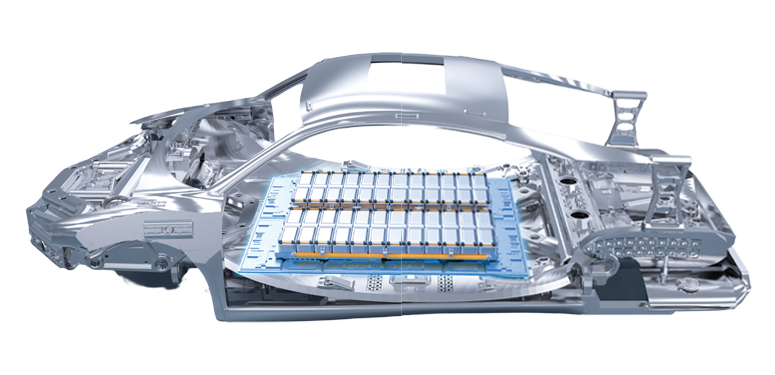Do you believe a majority of lithium-ion batteries end up in landfill? Think again
Hans Eric Melin, managing director of Circular Energy Storage (CES), has long disputed a startling number found in many research papers, cited in news articles across the globe—that only five percent of all lithium-ion batteries are recycled.
Even worse—that 95 percent of batteries are being directed to landfill. “The problem is that the number has never been correct,” says Melin. Melin first noted this issue, he says, in the preface of a report from 2019, State of the art in reuse and recycling of lithium-ion batteries—A research review, where he was encouraged by Greger Leung of the Swedish Energy, who commissioned the work. Today, that report is cited by 107 other research papers.
“Not necessarily for what I wrote in the preface,” says Melin. “But because that ‘five percent’ number keeps popping up in new research, often both rejuvenated and enhanced with the uses of words and expressions like, ‘currently,’ or ‘less than,’ or ‘global’.”
Last year, the paper Tracking Flows of End-of-Life Battery Materials and Manufacturing Scrap, by Linda Gaines, Jingyi Zhang, Xin He, Jessey Bouchard and Melin, took cumulative volume data from CES to come to the conclusion that the global lithium-ion battery recycling rate in 2019 had been 59 percent, including imported materials that were eventually recycled after reuse.
“It is important to note that we did not say where the remaining 41 percent ended up. We just don’t know.
“My view, however, is that the final recycling rate is much higher than that—most probably around 90 percent.”
CES’s database of battery recyclers covers more than 350 companies involved in lithium-ion battery recycling. Several of the companies involved have been recycling lithium-ion batteries for more than a decade, operating hydrometallurgical processes that produce chemical salts, which make it back to the battery industry and into the devices that help our daily lives operate so seamlessly; laptops, phones, etc.
“The vast majority [of these companies], however, are new entrants,” notes Melin. “Some with new, advanced technology; some supported by strong upstream or downstream players. And some with new, innovative business models.
“But, in truth, many companies are just there because their perception was that the recycling of lithium-ion batteries wasn’t possible, or that no one else was doing it efficiently enough.”
According to Melin, the new Circular Energy Storage report will be published to online CES subscribers in February.
“Using our results from our granular research of recycling capacity around the world, we are looking both at technological and commercial aspects of how these play together. We are analyzing how the competitive landscape really looks when all parameters, including global competition, available volumes, cost levels and legislation are taken into account,” wrote Melin. “This is Circular Energy Storage’s eighth year in business,” he added. “Before we reach 10 years [in business], I promise that we will have wiped out the use of the damaging five percent.”
If you are interested in learning more about the upcoming report, visit www.circularenergystorage.com and sign up for their monthly newsletter.


“The perception that only five percent of all lithium-ion batteries are recycled—or even worse, that 95 percent are going to landfill—that number has never been correct.”
— Hans Eric Melin, managing director, Circular Energy Storage


























